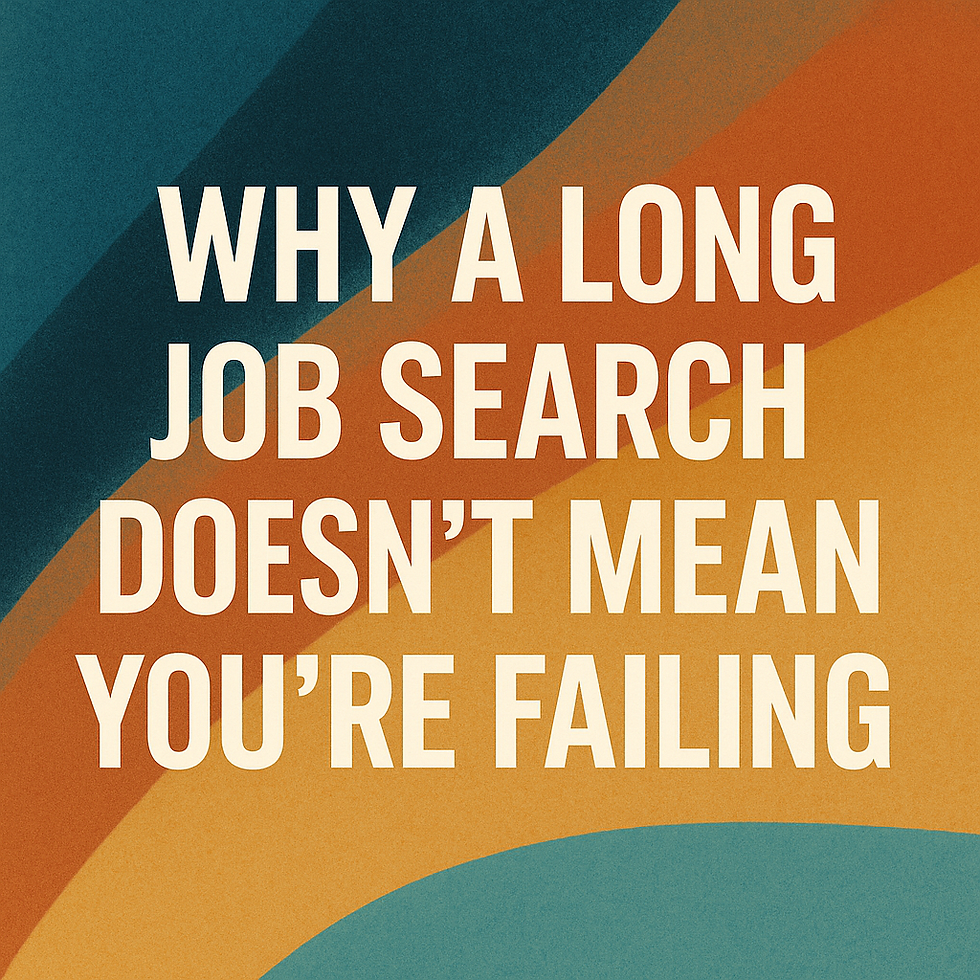How Recruiters Really Read Resumes — and How You Can Stand Out in Today’s Job Market
- Inspiring Hub

- Jul 23
- 4 min read
A practical guide for job seekers navigating a difficult hiring landscape
The Quiet Truth Behind Most Hiring Processes
After recently transitioning into a new role, one question kept coming my way: "How did you land something so big?"
It’s a fair question, and an important one. The current job market is one of the most competitive in recent memory. Many qualified candidates are sending out dozens of applications with little to no response. The silence can be disheartening.
This blog is not a motivational pep talk. It’s a practical look at how resumes are actually discovered (or not) and what you can do to shift the odds in your favor. Whether you're a recent graduate or a mid-career professional, understanding how recruiters and hiring systems work behind the scenes can change the game.
A Note Before You Dive In
Hiring works differently across sectors, roles, and regions. What you’ll read in this post reflects patterns we've seen in corporate, tech, and international recruitment, especially where recruiters use systems like LinkedIn Recruiter or Applicant Tracking Systems (ATS).
This advice won’t apply to every job or industry.
If you’re applying to grassroots organizations, public sector roles, or mission-driven work, some of these strategies may matter less than values alignment, local experience, or direct referrals.
That said, understanding how search logic and resume visibility work behind the scenes can still help you shape clearer, more effective applications, wherever you're applying.
Why Most Resumes Don’t Get Seen
Let’s start with a hard truth: Most recruiters are not reading every resume manually.
For a single job posting, it's common to receive hundreds of applications. In order to manage this volume, recruiters often use Boolean logic, a search technique that filters resumes based on specific keywords and combinations.
This means your resume isn’t just being read. It’s being searched.
What is Boolean Logic?
Boolean logic is a type of keyword-based search that uses “AND,” “OR,” and parentheses to find resumes that contain relevant experience and terminology.
Here’s a simplified example for a customer success role:
("customer success manager" OR "account manager")
AND (SaaS OR "software platform")
AND (renewals OR retention OR onboarding)
AND ("HubSpot" OR CRM) This tells the system: “Only show me candidates who match at least one job title, have SaaS or software experience, have touched client retention/onboarding, and have used a CRM like HubSpot.”
If your resume doesn’t include any of those terms, even if you're a great fit, it may not appear in the search results.
What You Can Do: Four High-Impact Resume Strategies
This is not about gaming the system. It’s about making your experience visible and discoverable. Here's how:
Use the Language in Job Descriptions
Recruiters build Boolean searches using the same words they find in job postings and hiring manager notes. Reflecting that language in your resume is essential.
Instead of rewriting your resume from scratch every time, consider maintaining 2–3 versions tailored to different roles or sectors. Then adjust as needed.
Highlight Results, Not Just Responsibilities
Many resumes describe duties, but hiring teams are looking for impact.
For example:
Weak: “Responsible for customer onboarding”
Strong: “Redesigned onboarding process, increasing retention from 72% to 91% in six months”
Quantifiable results instantly elevate your resume and help you stand out in a crowded field.
Spell Out Tools and Titles
Not every recruiter is deeply familiar with niche tools or acronyms, especially in highly technical or specialized industries.
Be sure to include both the acronym and the full name at least once. For example:
"Experience with direct-to-consumer (DTC) campaigns and Google Analytics 4 (GA4)."
This increases your chances of appearing in searches regardless of how someone phrases their query.
Think Like a Search Engine
When updating your resume, ask yourself: If someone wanted to find a person like me, what would they search for?
Use strong, active language, words like "Led," "Launched," "Directed," or "Designed", and pair them with clear job functions or tools.
Avoid vague phrases like “helped with” or “involved in.” Instead, frame your experience as ownership and leadership, even when part of a team effort.
It’s Not About Keyword Stuffing—It’s About Clarity
The goal is not to cram in as many buzzwords as possible. Instead, aim to make your resume a clear and compelling record of your contributions, written in a language that aligns with how recruiters search and think.
Keep it focused, relevant, and easy to skim. This improves your chances of getting through both automated filters and human ones.
You’re Not Behind—You’re Just Not Alone
Job searching can feel like speaking into silence. You bring skills, effort, and experience, and still face uncertainty. That frustration is real, and it doesn’t reflect your worth.
This guide shows how hiring systems work and how to align your resume with how recruiters actually search. You don’t need to change who you are, you need to make your work easier to find, read, and recognize.
Start by using language that reflects your impact. Show your results. Make your tools, titles, and value clear. The more clearly you present your experience, the more likely you are to land where you belong.
You’ve done the work. Let’s make sure it gets seen!





Comments